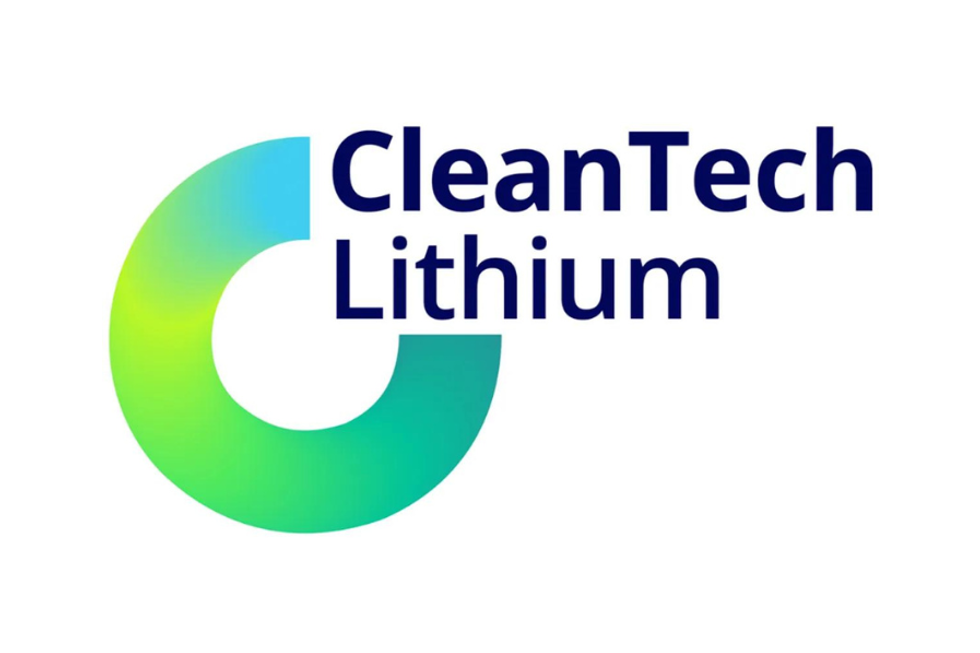Fasken: Critical Minerals Supply Crucial as World Changes

Law firm Fasken hosted a webinar on developing critical minerals supply, including perspectives from the US, Canada and Australia.
Discussions on critical metals and supply chain development have been increasing, and they are set to continue as the world turns to these metals to support the clean energy revolution.
As part of a webinar hosted by law firm Fasken, partners Simon Scott and Andrew House were joined by Nora Pincus, partner at Dorsey & Whitney, to discuss critical minerals in the US, Australia and Canada.
“The United States actually has quite an abundance of critical minerals, but we have been very slow to develop projects here for a variety of reasons, I think largely related to a perceived permitting, and real or perceived challenges in permitting timelines,” Pincus said.
Putting the discussion into context, Pincus added that the US has had a dialogue around needing to develop critical mineral resources since the 1970s, but it has been advanced fairly aggressively since 2016 with the Trump administration.
“The first step was releasing a list of critical minerals in 2018; like many other things in the United States and probably other jurisdictions, even just designating these critical minerals became a highly political endeavor, with quite a bit of lobbying going into even just what was going to be designated.”
The US Department of the Interior defines critical minerals as those that are essential to the country’s economic or national security, that have a supply chain that is vulnerable to disruption and that serve an essential function in the manufacturing of a product, the absence of which would have significant consequences for the economy or national security.
“What we saw was a lot of debate around what was going to be designated a critical mineral,” Pincus said. “But there was a surprising lack of dialogue on what we were going to do as a government to try to stimulate some of this development.”
In just the last six weeks, there have been a number of proposals to the US Senate, including a bill to streamline the permitting of listed critical mineral projects from the current seven to 10 years to just two years. There is also a bill that would offer tax incentives to companies that develop critical minerals mines and processing facilities in the US; in addition, this bill would require the US Department of Defense to source minerals domestically.
“Like many jurisdictions, we have a fairly binary view in the United States of mineral development, and I think it’s really going to take a fair amount of change in the narrative for some of these more political proposals, such as speeding up a permitting timeline, to really take hold,” Pincus said.
“I think some of the more popular downstream users of these minerals really need to get directly involved in the dialogue about why these operations are important to critical in a clean energy future.”
Commenting on the US Department of State’s work to try to formalize import partnerships with so-called friendly trade jurisdictions such as Australia and Canada, Pincus said these are in early stages.
“I think the United States has some supply chain challenges, and related to these are proposals to partner with other states in terms of just bringing in minerals,” she added.
Looking over to Canada, Fasken partner House explained that in terms of critical minerals, it has selected those it thinks its close allies believe are critical — not those minerals that Canada believes are critical to its own safety and security.
“You see in Canada’s list a footnote which is worth noting: ‘Selected minerals are those that have been identified as critical by Canada’s key trading partners,’” House pointed out. “So Canada is, in its role as the mineral grocery store to the world, identifying quite helpfully what it believes its key allies want and need, and I guess it’s that need which is so important to emphasize.”
House highlighted the fact that it’s in merger and acquisition (M&A) deals that Canada’s own safety and security comes into play. In fact, one of the guidelines that was issued in 2016 around M&A looks at whether a transaction would be injurious to Canada’s international relations.
“That closely lines up with the list of critical elements in the sense that Canada, in the midst of a deal to purchase a Canadian mining interest, will look at the impact that sale may have on the view of Canada by its close allies: the United States, New Zealand, Australia and the United Kingdom,” House added.
Australia, like Canada and the US, has a focus on its critical minerals policy and its promotion of investment in this area, according to Scott.
The resource-rich country has recognized the risks of dependency on concentrated supply chains in critical minerals such as lithium, cobalt and rare earths, and to this end released in 2019 a critical mineral strategy focused on promoting investment and encouraging downstream processing.
“Each country has its own list and they’re all slightly different,” Scott explained. “Australia has listed these based on its resource endowment potential, and our perception of what there will be demand for.”
Speaking on the strategy pursued by the government, Scott said at a federal level there’s ongoing promotion, with a lot of work put into collating state information for investors.
“They have established a critical minerals facilitation office within our department of industry, science, energy and resources with a broad remit to effectively be the central coordination point to assist with development of critical minerals, projects and investments in the critical minerals sector,” Scott noted.
This office also has a broader role to advise the government on national policy and strategy, including relevant foreign investment into the sector.
“We also have a significant amount of state support and promotion of minerals investment more broadly, but it is taking a bent towards the critical minerals sector,” Scott said. “Western Australia, which is where the majority of nearly all of our lithium projects are, for example, has a Western Australian battery industry in terms of promoting downstream investment in lithium hydroxide plants.”
In Australia there’s also government support and grants for these projects, with available funding for critical minerals investment in exploration partnerships and concessional loans.
“With all this sort of investment in trying to promote the sort of critical mineral sector, Australia needs the capital to do so and is relying to a large extent on foreign investment,” Scott said.
Explaining briefly how Australia’s foreign investment regime works, Scott said the country has a broad set of rules that require all foreign persons to seek and obtain clearance from the Australian treasurer through the Foreign Investment Review Board for certain transactions, which after COVID-19 includes all of them and not just the ones reaching a certain dollar value.
“In the critical minerals space, where getting funding is volatile and difficult, (now) you have the state or national interest looking at diversification of supply chains, and on top of that the current relationship between China and Australia being a little strained. (So) you have a lot of people wondering what the impact will be on the ability to get sources of additional funding,” Scott said.
Don’t forget to follow us @INN_Resource for real-time updates!
Securities Disclosure: I, Priscila Barrera, hold no direct investment interest in any company mentioned in this article.





